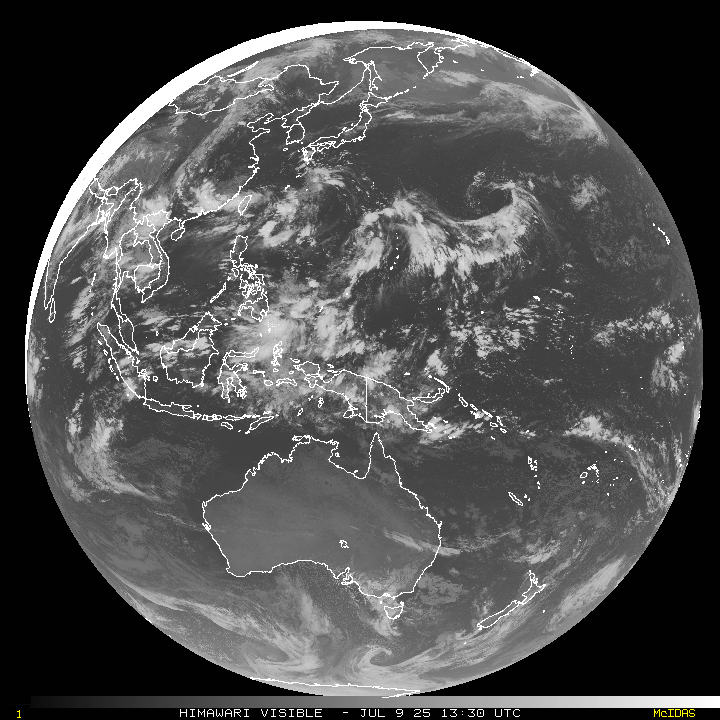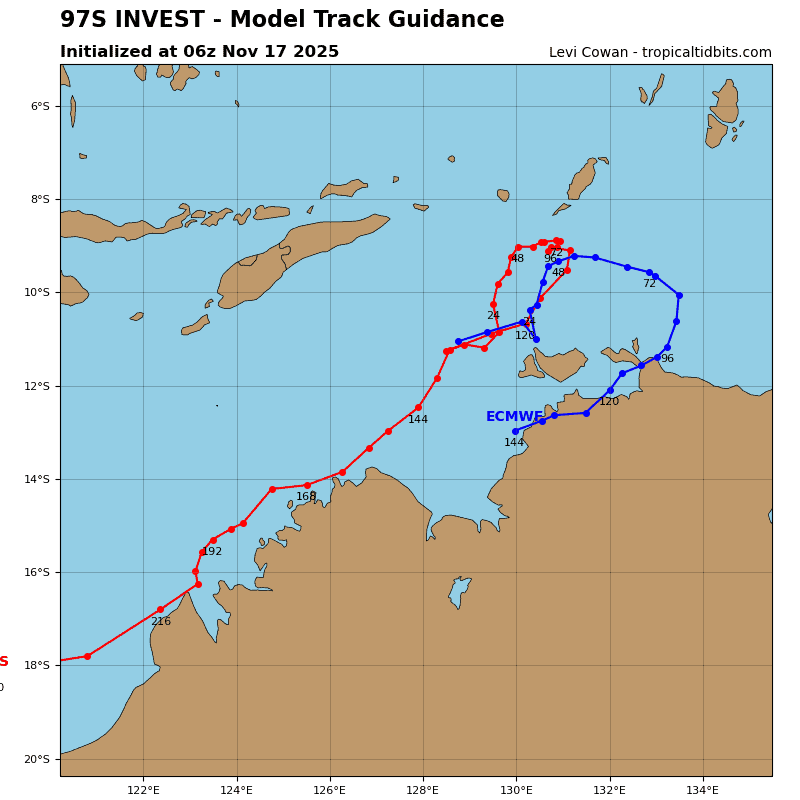Current Snapshot
For all the latest updates visit: DisasterAWARE
By PDC’s Senior Weather
Specialist Glenn James

The Pacific Disaster Center’s (PDC Global) Thursday, January 11, 2024, Tropical Cyclone Activity Report…for the Pacific Ocean, the Indian Ocean, and adjacent Seas
Current Tropical Cyclones:
There are no tropical cyclones
Northeast Pacific Ocean:
The North Pacific hurricane season officially ended on November 30, 2023. Routine issuance of the Tropical Weather Outlook will resume on May 15, 2024. During the off-season, Special Tropical Weather Outlooks will be issued as conditions warrant.
The eastern Pacific basin hurricane season was above normal, with 17 named storms, of which 10 were hurricanes and eight of those major hurricanes.
From August 16 to 21, Tropical Storm Hilary brought widespread heavy rainfall and flooding to Southern California, with some areas receiving up to 600% of their normal August rainfall. Hilary resulted in the first ever issuance of Tropical Storm Watches and Warnings for the Southern California coastline by NOAA’s National Hurricane Center. In addition, the Center distributed key hazard focused messages for Hilary in Spanish through the agency’s new language translation project.
Hurricane Otis made landfall near Acapulco, Mexico, on October 25 as a category-5 hurricane, with sustained winds of 165 mph. Otis holds the record as the strongest land falling hurricane in the eastern Pacific, after undergoing rapid intensification in which wind speeds increased by 115 mph in 24 hours.
Central North Pacific:
The central North Pacific hurricane season officially ended on November 30, 2023. Routine issuance of the Tropical Weather Outlook will resume on June 1, 2024. During the off-season, Special Tropical Weather Outlooks will be issued as conditions warrant.
The central Pacific basin had a near-normal season with four tropical systems traversing the basin.
Hurricane Dora, a category-4 storm, passed south of Hawaii in early August, marking the first major hurricane in the central Pacific basin since 2020. The strong gradient between a high pressure system to the north and Dora to the south was a contributing factor to the wind-driven, fast-moving wildfires in Hawaii.
Western Pacific, Indian Ocean and adjacent Seas:
South Indian Ocean…
There’s an area of disturbed weather, being referred to as Invest 97S…located approximately 458 NM north-northeast of Mauritius.
Animated enhanced infrared satellite imagery shows substantial deepening and expansion of the convection especially over the northern semicircle. A microwave image depicts a slowly consolidating low level circulation center (llcc) with deep convection in the northwestern periphery of the llcc.
The environment is favorable for development given the very warm sea surface temperatures, low
(5-10 knot) vertical wind shear, and strong dual channel outflow.
Global models are in strong agreement that invest 97S will continue to move to the south-southwest as it intensifies over the next 24hrs.
Maximum sustained surface winds are estimated at 23 to 27 knots.
The potential for the development of a significant tropical cyclone within the next 24 hours remains medium.
There’s an area of disturbed weather, being referred to as Invest 98S…located approximately 466 NM northwest of the Cocos Islands.
A satellite image lends a confident location of the system center. The circulation exists in a developing seasonal monsoon trough under an area of deep moisture and is being provided low level vorticity by a stream of moderate southeasterly flowing out of the migratory anticyclones along the 30th latitude.
Enhanced infrared imagery over the past 12 hours reveals convection has deepened and consolidated significantly around the low level circulation center.
Guidance indicates increasing probability of development along a southeastward track over the medium range.
Maximum sustained surface winds are estimated at 18 to 22 knots.
The potential for the development of a significant tropical cyclone within the next 24 hours is low.




